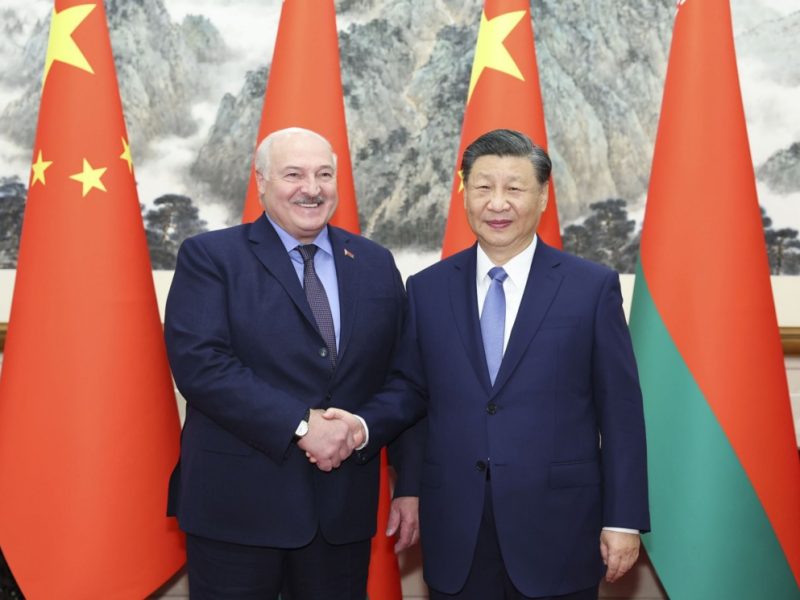China’s acceptability in Tajikistan comes after Russia – the Tajik people and the Tajik government; why Russia is popularly accepted as a significant or dominant power – is clear; China comes after Russia. According to the Kenan Institute (based on a Central Asian Barometer survey), 54% of people strongly favor/support (in contrast, 73% strongly favor Russia and 40% strongly prefer the United States); 30% are somewhat favorable, and only 13% don’t know or refused to answer; 20% of people think that China is a reliable and friendly great power – it’s significant considering the number of percentages for Russia is 78% and for the US is 2%. Elizabeth Wood and Thomas Baker summarized the Central Asian Barometer Survey on Public Perception of China in Central Asia conducted from 2017-to 2021: China’s public diplomacy wins the Tajiks’ admiration through culture, language, and civilization; the degree to which citizens and leaders view the PRC favorably could also be instrumental in advancing other economic, geopolitical, and security interests.
Tajikistan presents high approval rates for the leadership of the PRC (63 percent on average). In contrast with the USA, it is less favorable (35 percent on average). Tajikistan is the case of China’s “extract” strategy, in which there are significant economic interests for the PRC, and the PRC has maintained high approval rates there.
Favorability ratings may indicate appreciation for a foreign power’s norms, rules, and values and China’s engagement to contest the US hegemony in the region. According to the Gallup World Poll, 2006-2020, based on AidData Analysis: How do citizens and leaders in SCA countries view the PRC versus other great powers? Consistently favorable (Pakistan and Tajikistan), China is perceived in Tajikistan as a great friend as it offers help without strings attached (this narrative was established by president and elite circles). The State imposed this narrative which welcomes blind emerging dependency on Chinese investment. Tajikistan. This will see Chinese investment in all spheres of economy. The leading government parliament-based newspaper Narodnaya gazeta described China in 2014 as “Good neighbor, true friend and reliable partner”. The leading scholars, experts on China in Tajikistan, Abdugani Mamadazimov and Rashid Gani Abdullo express their optimism that the Chinese vector of Tajik foreign policy as the “path toward future well-being of independent of Tajikistan”.
“China Threat theory” is non-existent in public spheres in Tajikistan. Some negative publications usually go around environment problems of renovation and construction of heating plants in Dushanbe, and about invasion of Chinese workers, leasing of agricultural land to Chinese farmers. Rustam Haidarov warns that the entry of Chinese farmers is only the first step towards something bigger: “It is China’s strategy to resettle its people in different countries. It’s China’s policy,” he said. “They occupy slowly, cautiously. They realize their own goals in Tajikistan and affect our economic policy. In time this will lead to an influence in politics”. Asia Plus, and Ozodi, covered the issue of disappearance of flora and fauna – snakes, turtles etc.
In Tajikistan construction sites, where Chinese labor are present. Unfortunately, with the lack of reporting about BRI, or even the lack of any systematic discussion of challenges and risks characterize Tajikistan in BRI, there is no public discussion and awareness about China’s BRI rapidly increasing control of resource extraction in Tajikistan. The general public has limited access to information related to Chinese involvement.

Umedjon Majidi – Author of the blog series, Expert/Research Consultant, Civic IDEA




